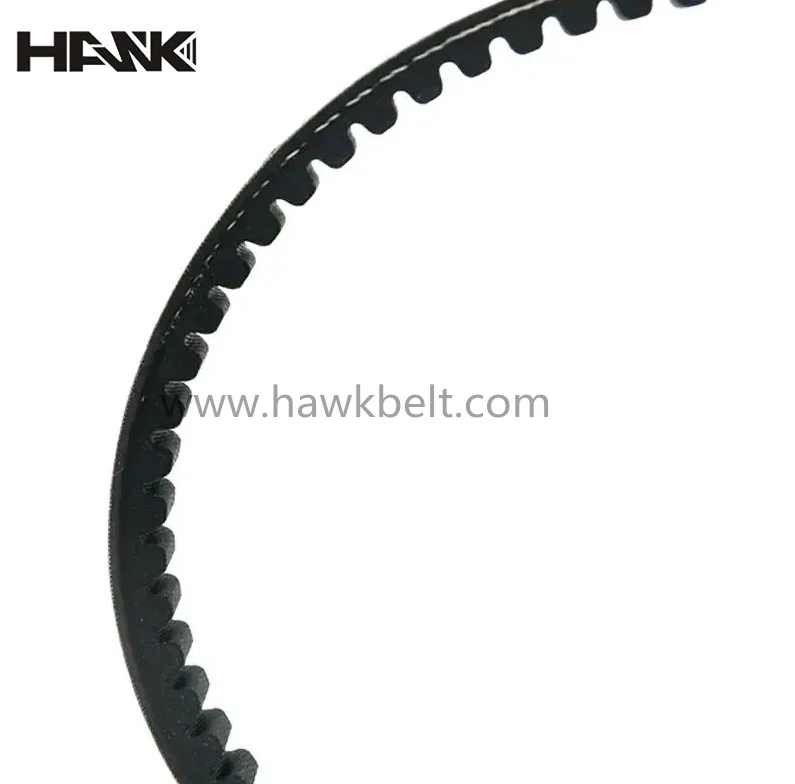- Arabic
- French
- Russian
- Spanish
- Portuguese
- Turkish
- Armenian
- English
- Albanian
- Amharic
- Azerbaijani
- Basque
- Belarusian
- Bengali
- Bosnian
- Bulgarian
- Catalan
- Cebuano
- Corsican
- Croatian
- Czech
- Danish
- Dutch
- Afrikaans
- Esperanto
- Estonian
- Finnish
- Frisian
- Galician
- Georgian
- German
- Greek
- Gujarati
- Haitian Creole
- hausa
- hawaiian
- Hebrew
- Hindi
- Miao
- Hungarian
- Icelandic
- igbo
- Indonesian
- irish
- Italian
- Japanese
- Javanese
- Kannada
- kazakh
- Khmer
- Rwandese
- Korean
- Kurdish
- Kyrgyz
- Lao
- Latin
- Latvian
- Lithuanian
- Luxembourgish
- Macedonian
- Malgashi
- Malay
- Malayalam
- Maltese
- Maori
- Marathi
- Mongolian
- Myanmar
- Nepali
- Norwegian
- Norwegian
- Occitan
- Pashto
- Persian
- Polish
- Punjabi
- Romanian
- Samoan
- Scottish Gaelic
- Serbian
- Sesotho
- Shona
- Sindhi
- Sinhala
- Slovak
- Slovenian
- Somali
- Sundanese
- Swahili
- Swedish
- Tagalog
- Tajik
- Tamil
- Tatar
- Telugu
- Thai
- Turkmen
- Ukrainian
- Urdu
- Uighur
- Uzbek
- Vietnamese
- Welsh
- Bantu
- Yiddish
- Yoruba
- Zulu
ნოე . 25, 2024 14:14 Back to list
belts timing
Understanding Timing Belts The Essential Component in Engine Functionality
Timing belts play a crucial role in the functioning of internal combustion engines. They ensure that the engine's camshaft and crankshaft work in perfect synchronization, which is vital for the optimal performance of the engine. In this article, we will delve into the significance of timing belts, their structure, how they operate, common issues, and maintenance tips that every vehicle owner should know.
What is a Timing Belt?
A timing belt is a reinforced rubber belt that links the crankshaft to the camshaft in an engine. Unlike serpentine belts that drive multiple accessories like the alternator and water pump, the timing belt focuses solely on regulating the timing of the engine's operation. It is essential for the engine's valves to open and close at the right times during each cylinder's intake, compression, and exhaust strokes.
The Importance of Timing Belts
The timing belt is integral to the engine's overall efficiency and performance. A properly functioning timing belt ensures that the engine runs smoothly, which directly impacts fuel efficiency and power output. If the timing belt fails, it can lead to severe engine damage, causing the pistons to collide with the valves, resulting in bent valves, damaged pistons, and potentially catastrophic failure of the engine.
Structure and Material
Timing belts are typically made from a combination of rubber and reinforced fibers such as polyester, which provides strength and flexibility. The inner surface of the timing belt is fitted with teeth that grip the sprockets of the crankshaft and camshaft, ensuring they remain in sync. The outer layer is designed to withstand the high temperatures and stresses common in an engine environment.
How Timing Belts Work
The timing belt operates through a carefully designed system where the crankshaft's rotation is transferred to the camshaft via the belt. As the crankshaft turns, it moves the timing belt, which in turn rotates the camshaft. This movement regulates when the valves open and close, aligning them with the motion of the pistons. The precision required in this operation is why timing belts are engineered to exact specifications, and why any deviation can lead to malfunctions.
belts timing

Common Timing Belt Issues
Timing belts can experience several issues over time due to wear and tear. Here are some common problems
1. Cracking and Fraying Over time, the rubber material can degrade, leading to cracks or fraying, which can compromise the belt's integrity.
2. Skipping Teeth If the timing belt slips or jumps a tooth on the sprocket, it can throw the timing off, potentially leading to severe engine damage.
3. Oil Contamination Oil leaks from the engine can deteriorate the rubber of the timing belt, leading to premature failure.
4. Belt Wear Regular wear can cause the belt to stretch, which can lead to slippage and loss of synchronization between the camshaft and crankshaft.
Maintenance and Replacement
Proper maintenance of the timing belt is essential for a vehicle’s longevity. Most manufacturers recommend replacing the timing belt every 60,000 to 100,000 miles. Regular visual inspections can help identify signs of wear before they lead to failure. It is also advisable to replace other components such as tensioners and water pumps at the same time, as they work in conjunction with the timing belt.
Conclusion
Timing belts are a fundamental component of any internal combustion engine, serving to maintain synchronization between critical engine parts. Understanding how they work, recognizing potential issues, and adhering to a strict maintenance schedule can prevent costly repairs and engine damage. For vehicle owners, being proactive about timing belt maintenance is one of the best ways to ensure your vehicle runs efficiently and reliably. Always refer to your manufacturer’s guidelines for specific recommendations regarding your vehicle’s timing belt, and if in doubt, consult with a professional mechanic to ensure the health of your engine.
-
Korean Auto Parts Timing Belt 24312-37500 For Hyundai/Kia
NewsMar.07,2025
-
7PK2300 90916-T2024 RIBBED BELT POLY V BELT PK BELT
NewsMar.07,2025
-
Chinese Auto Belt Factory 310-2M-22 For BMW/Mercedes-Benz
NewsMar.07,2025
-
Chinese Auto Belt Factory 310-2M-22 For BMW/Mercedes-Benz
NewsMar.07,2025
-
90916-02660 PK Belt 6PK1680 For Toyota
NewsMar.07,2025
-
drive belt serpentine belt
NewsMar.07,2025

